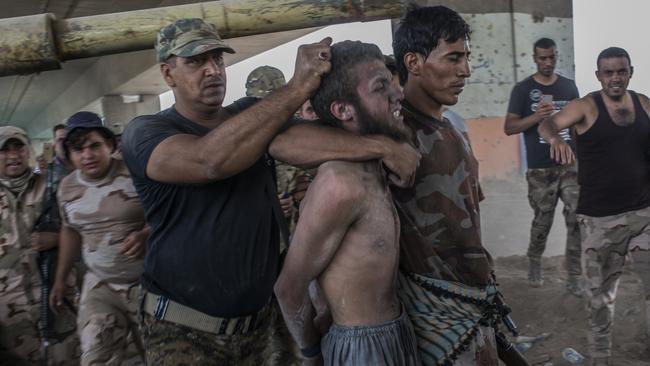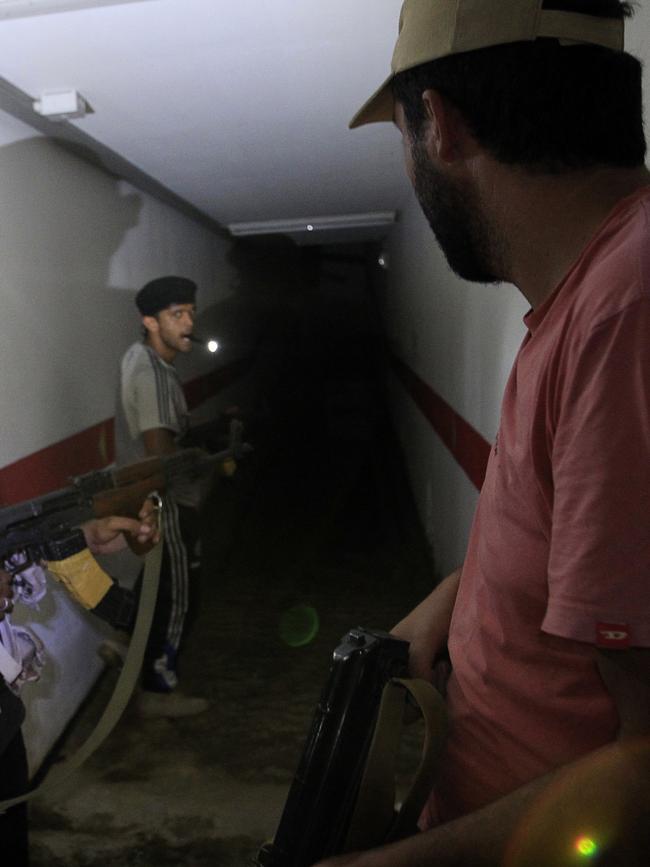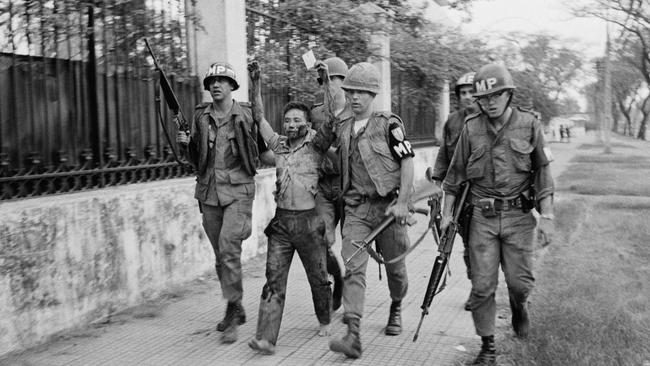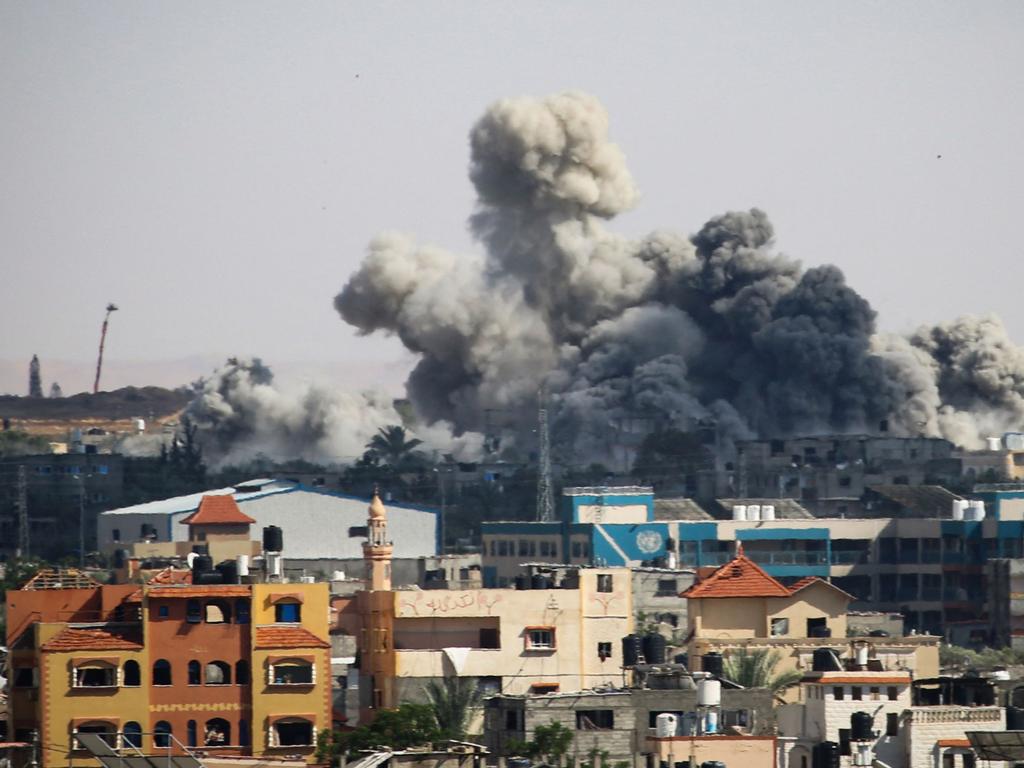War in Hamas’ vast tunnels will be long, lethal and costly
Those who fought in the tunnels of Mosul and Vietnam will tell Benjamin Netanyahu his operation to destroy Hamas militants faces its deadliest test in the labyrinth under Rafah.

For weeks western leaders have warned Israel against invading Rafah, the southern Gaza border city swollen by hundreds of thousands of exhausted refugees. A full-scale attack would, the Biden team said, trigger a humanitarian disaster, with huge loss of life, and turn Israel into a pariah state. Washington said it would not support Israel in any such operation.
This week Binyamin Netanyahu, backed by his war cabinet, went ahead anyway. Israel seized the Rafah crossing between Gaza and Egypt and took control of the buffer zone known as the Philadelphi Corridor. Three weapons-smuggling tunnel entrances were sealed. Twenty gunmen were killed. It wasn’t the long-drawn-out action that Washington had feared, rather a well-planned, fast mission signalling to Hamas that it could cut off the terror group’s lifelines.
Israeli-US relations have survived, for now at least, and temporary ceasefire talks and hostage releases are still on the table. But Netanyahu still has to square the circle: he needs a ceasefire to free the hostages and he needs to destroy not only the Hamas leadership but also the organisation’s extensive military infrastructure. These are both Israeli war aims and should be supported by the West. Superficially, the goals are incompatible. The problem is not an ethical one – should we talk to murderers? – which has been fudged often enough in other conflict situations. Rather, it is that the Hamas threat, its power to destabilise, is based on military engineering: the 500km network of tunnels, the so-called Gaza metro, that is all but impossible to destroy quickly or cleanly. It’s the reason that Hamas has been able to survive seven months of war against the strongest military force in the Middle East, and the reason it still thinks it can come away declaring victory.

It took the United States 18 months to secure the Islamic State stronghold of Mosul, which had only a primitive tunnel structure compared with Gaza. The battle for underground Rafah could take two years or more. Hamas has made its calculation: tunnel warfare may not bring a triumph for the terror group but, by its own metric, delaying military defeat brings a propaganda win, establishes the group as the true voice of Palestine, brings it the respect of the radical Arab world and shatters the dream of an Israeli-Arab reconciliation. Hostages are a perishable asset; the tunnels are there for good, a constant reminder of Israel’s vulnerability.
Underground warfare has become a strategic domain in its own right, a preserve of terror groups and rogue dictators. Osama bin Laden hid from a US manhunt in mountain caves and tunnels. Gaddafi on the run took to the tunnels. So did Islamic State leaders.


The attraction is clear: they are out of reach of GPS, of phone tappers and drone surveillance. Tunnels are not only shelter against bombs, they have become part of asymmetric warfare, a means whereby low-tech insurgents can overcome the advantage of high-tech opponents – the great leveller.
The Viet Cong (VC) tunnels outside Saigon hint at what awaits any Israeli infiltration force: interlocking holes and passages, some with deep wells into the water table, hidden ventilation shafts, communication tunnels, arms depots and repair workshops. VC techniques coupled with North Korean tunnel blueprints, Iranian engineers and thousands of tonnes of smuggled cement turned Rafah’s smuggling tunnels into a weapon of resistance.
Illegal traffic has been part of Gazan history since ancient times – it was on the Via Maris trading route between Egypt and Damascus, connecting Africa and Asia. By the time that Israel had abandoned its occupation of Gaza in 2005 and Hamas took over the Strip in 2007, the tunnels – some of them broad enough to take motorbikes or heavily laden mules – were becoming a significant conduit. Bullets bought for $1 in Egypt fetched $6.50 on the Strip. Smugglers carved out petrol barrels to make improvised sleds and winched them through from Egypt.
Thanks to the tunnels, Hamas has a well-equipped private army kitted out with armour-piercing explosives.
Israel knew this was happening but chose to focus on tunnels running from Gaza directly into Israel rather than the complex interplay of tunnels within the Strip. That is part of the intelligence failure that caught Israel by surprise on October 7. Since then, there has been a process of military catch-up. How do soldiers fight in a narrow subterranean space? How do they deal with claustrophobia, the kind of booby traps the VC used against Australian and New Zealand “tunnel rats"? Are robots and miniature drones helpful, or do they merely alert the enemy?

The military challenge for Netanyahu is troubling. When dense urban warfare and subterranean warfare converge there is a real risk of catastrophic damage. Exploding tunnels can cause the quick collapse of buildings on the surface. Hamas is holding not only civilians hostage but also civilian infrastructure. There is devastating propaganda value in a hospital disappearing because a command centre below ground has been mined – these are war-losing moments. Some Israelis see a nervous Biden administration trying to impose unacceptable restraints on the way this phase of the war is being fought. They reckon if Netanyahu were pressed to break off his Rafah battle prematurely, then Hamas would be free to fight another day.
I view it differently. Tunnels are constructed as a death trap – for the hostages, for Israeli troops, for the peace process in the Middle East. If Netanyahu wants to survive politically, he should neutralise the tunnels as best he can and leave their final destruction for another day.
(Roger Boyes is Diplomatic Editor of The Times)
The Times





To join the conversation, please log in. Don't have an account? Register
Join the conversation, you are commenting as Logout